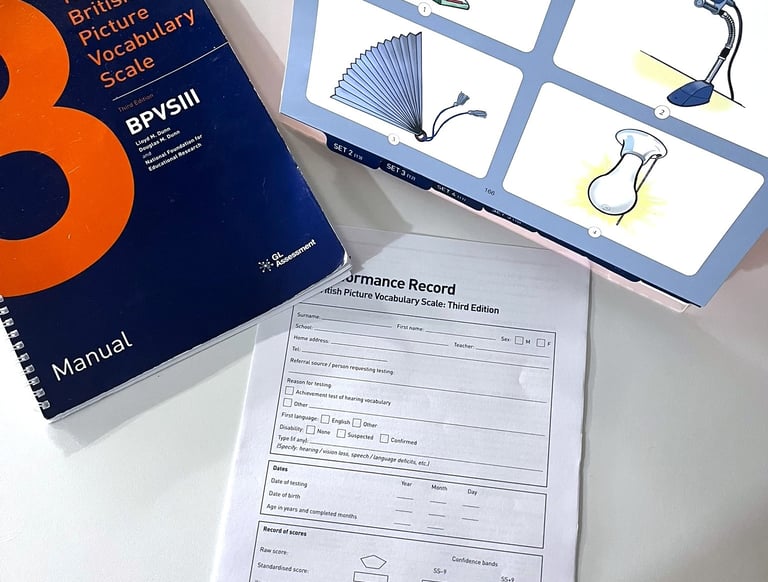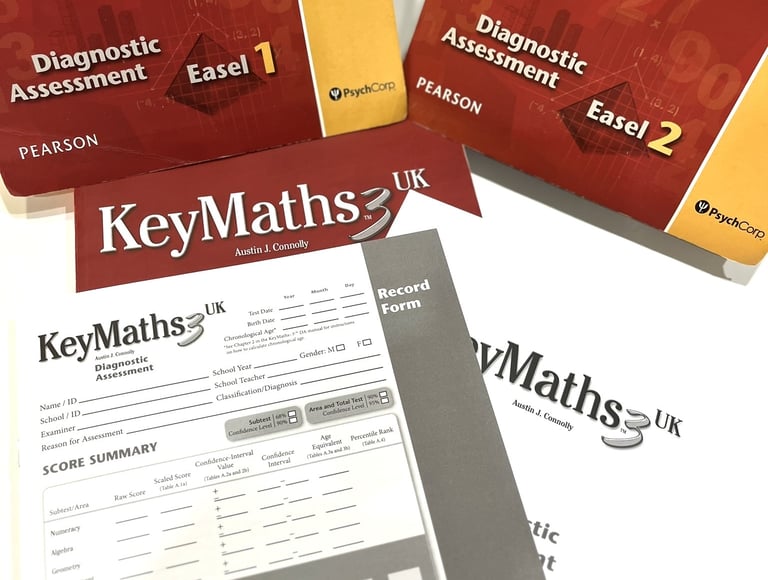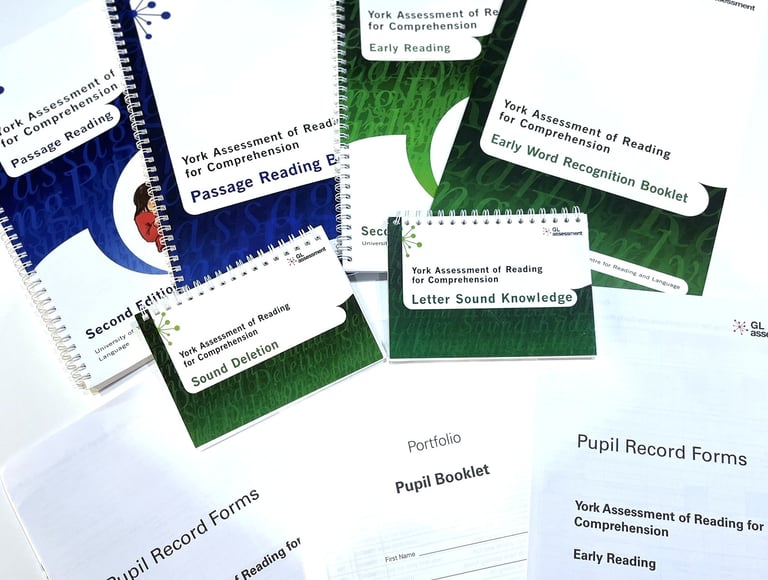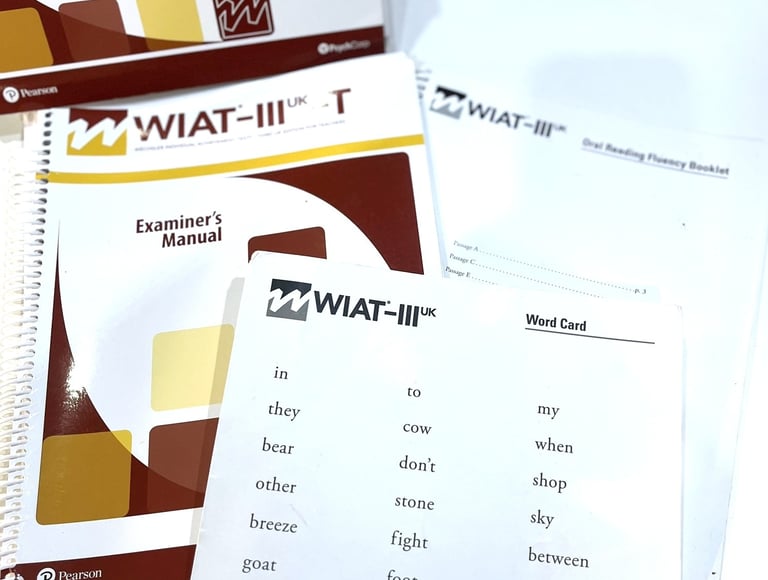Assessments and Reports
We have access to a wide range of standardised assessment tests. Only after observations, meetings, and discussions have taken place will we decide on which is most appropriate to the needs of the pupil. All of our assessors hold the Certificate of Competence in Educational Testing (CCET) from the British Psychological Society. This means you can be confident that any assessments carried out by us are administered in a fully standardised manner.
Our assessment package comprises several parts:
A preliminary meeting with school staff to establish the expectations and aims of the assessment.
A meeting with parents/carers to gain their views on the needs of their child.
Meeting with and observation of the student in their school or setting.
Administration of one or more standardised assessment tests appropriate to the needs of the pupil.
A comprehensive written report containing the observation notes, carefully scored and analysed assessment results, and suggested interventions/strategies/next steps tailored to the specific individual's assessed needs.
A follow-up meeting with school staff, parents/carers to discuss the report and next steps if required.
Single Student Assessment Package £300
Because the assessments are standardised, the results can be included in Educational Health Care Needs Assessment (EHCNA) applications and requests for additional funding such as Inclusion Funding. The suggested tailored strategies and interventions contained within the report, combined with the standardised results, can help SENDCOs complete applications and EHCP reviews, saving valuable time.
EHCNA/Inclusion Fund Applications
All of our assessment choices are based on being able to answer yes to the following checklist:
1. Do we have clear assessment questions that we want the test to answer?
2. Does the assessment have theoretical integrity - is it valid?
3. Is the assessment statistically sound - are the standardisation norms good enough?
4. Are the circumstances practical for it to be used effectively?
5. Is it biased towards or against specific groups - is it equitable?










© 2025. All rights reserved.
Contact Us
*CCET - Certificate of Competence in Educational Testing which is set by the British Psychological Society. You can check the Register of Qualifications in Test Use here About the Psychological Testing Centre | BPS
